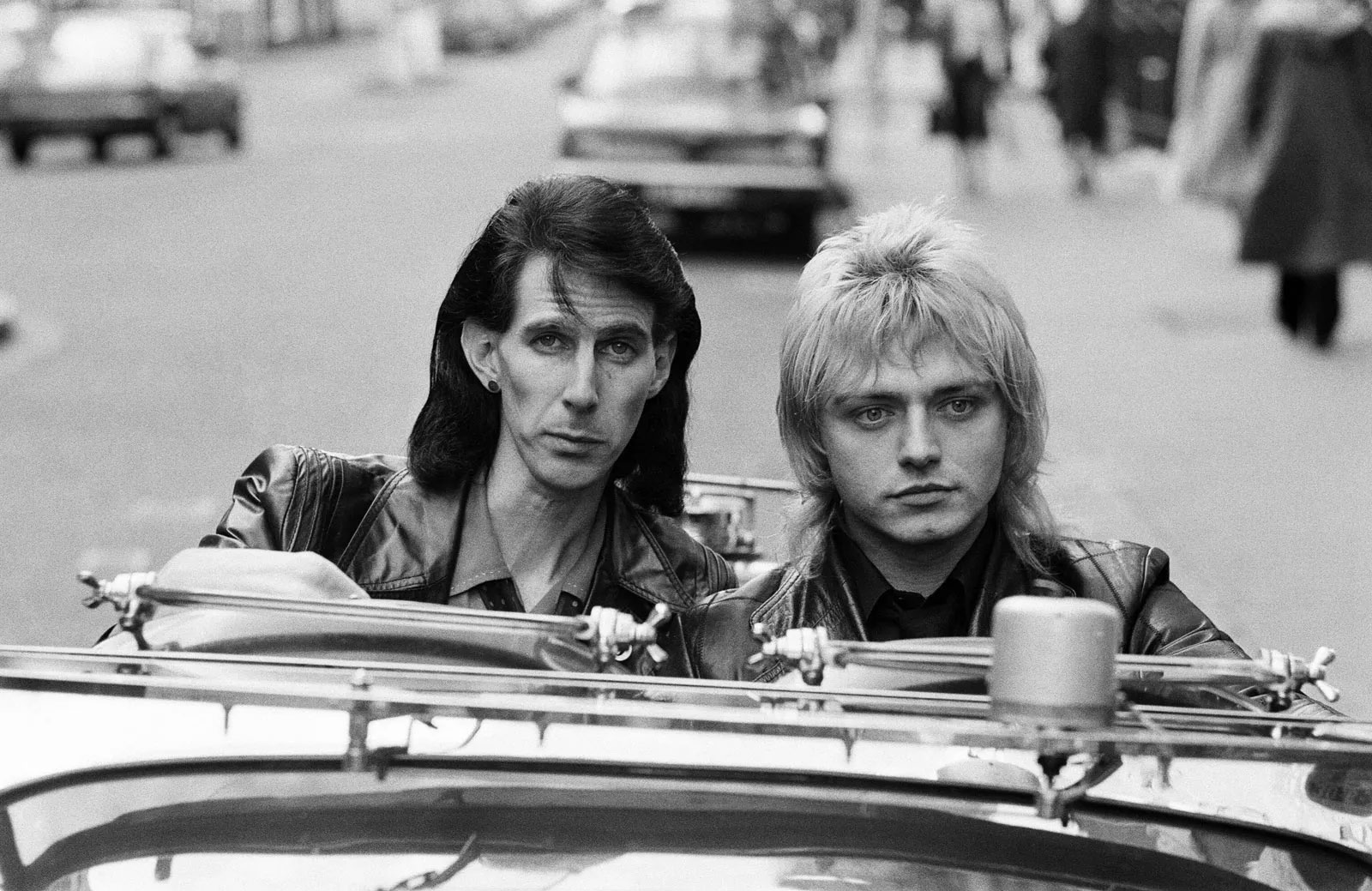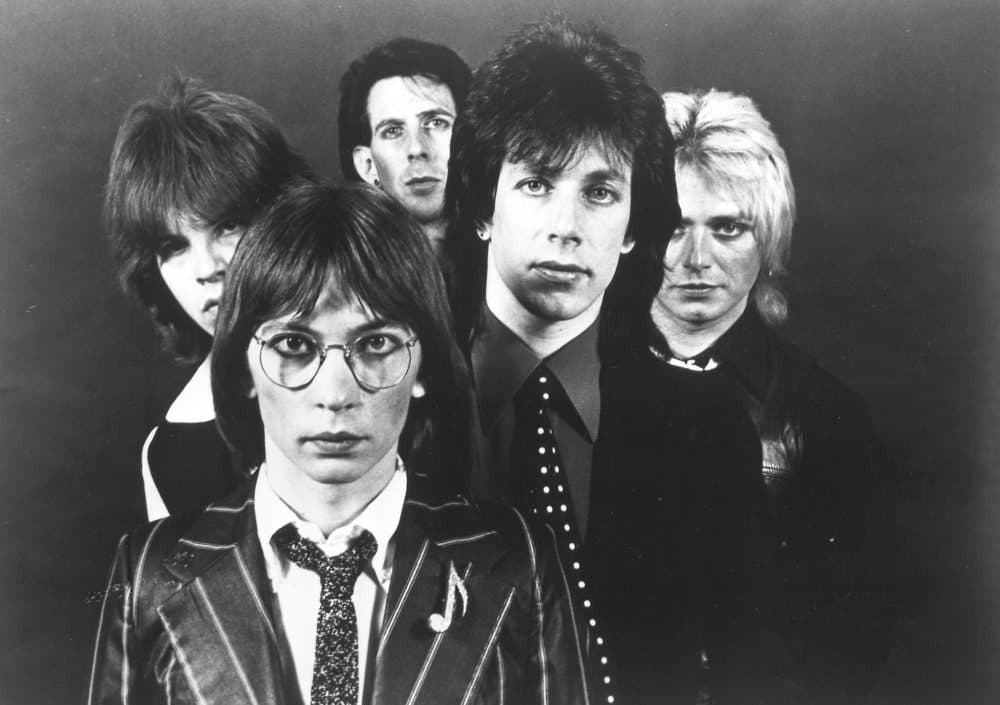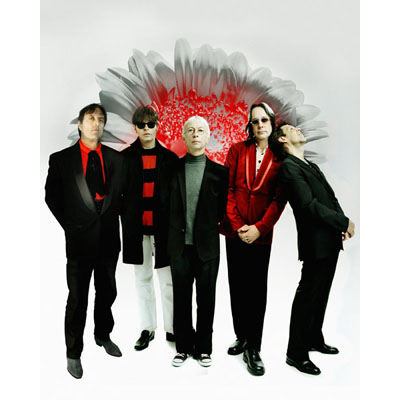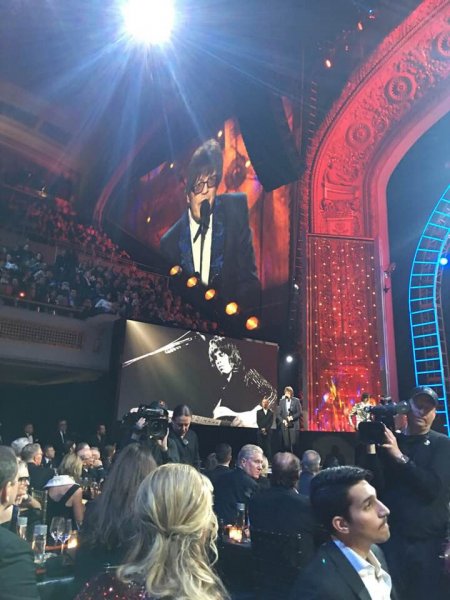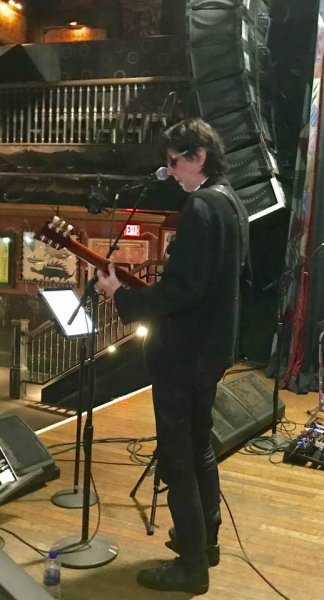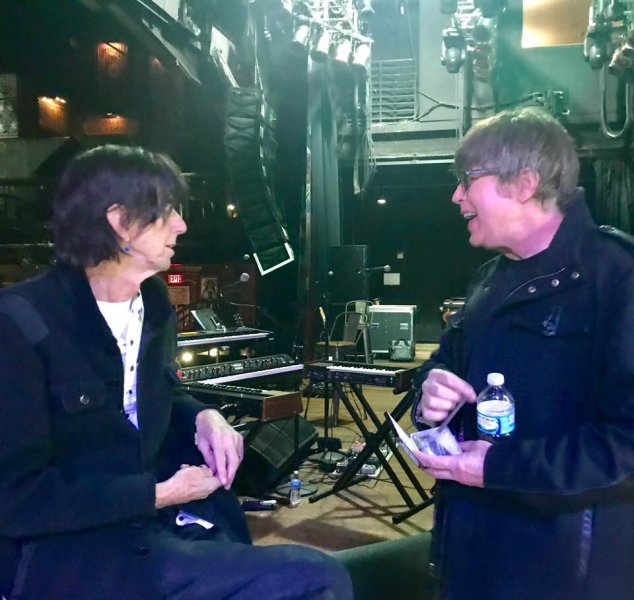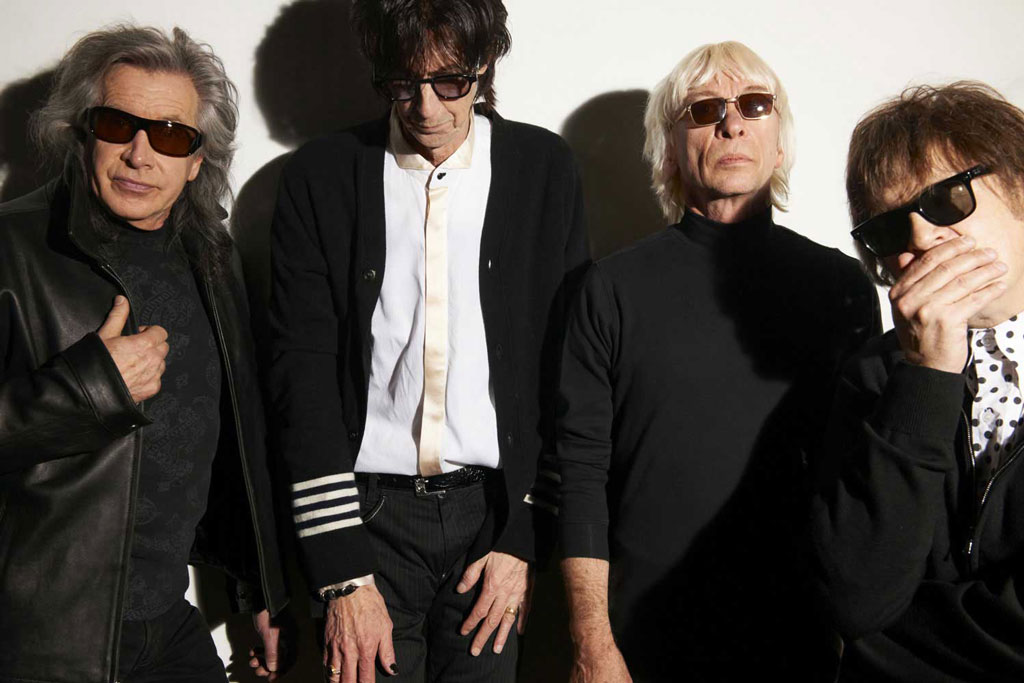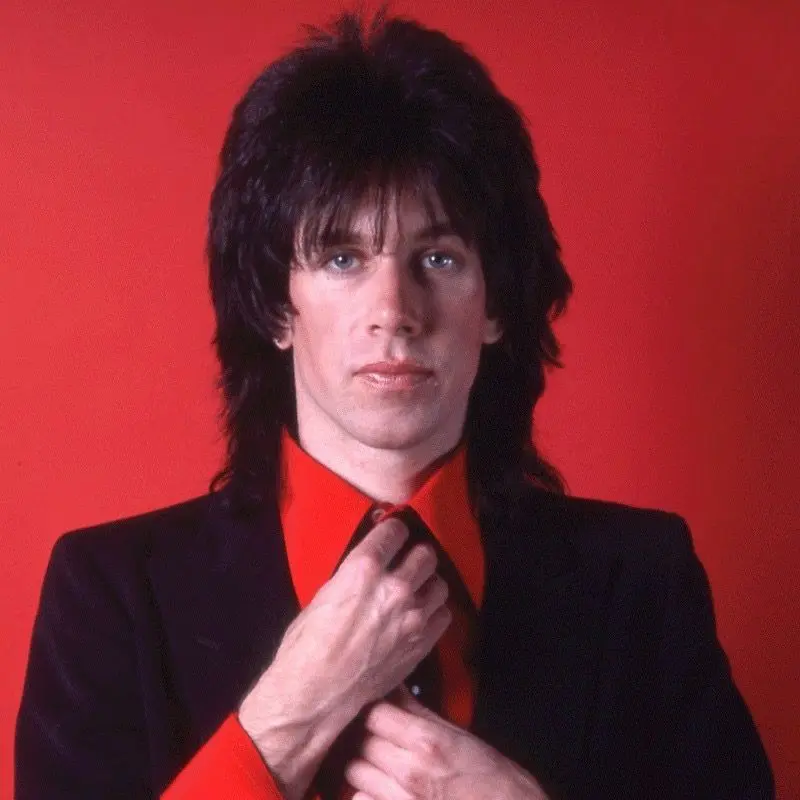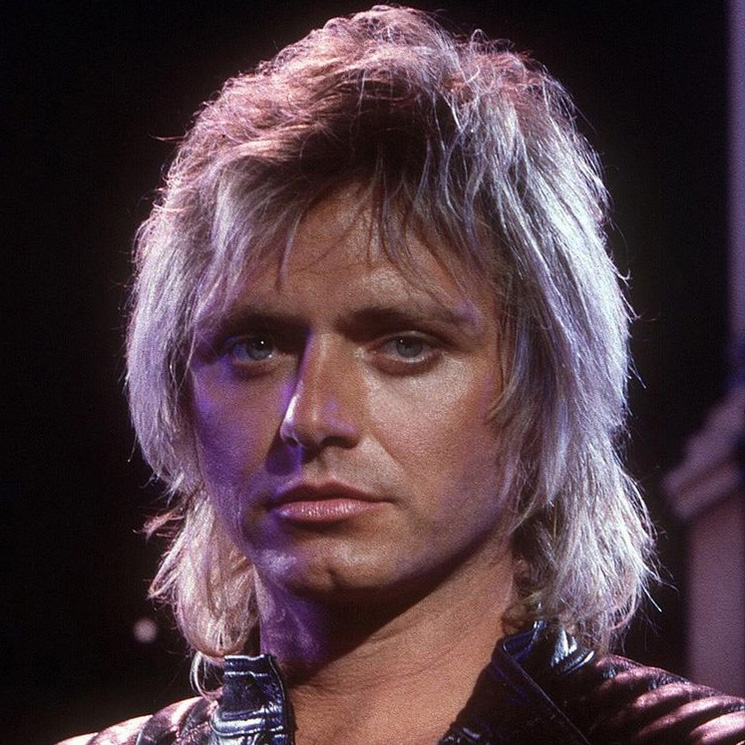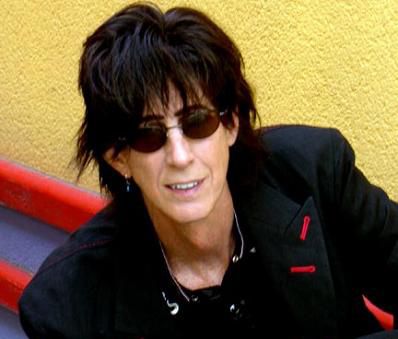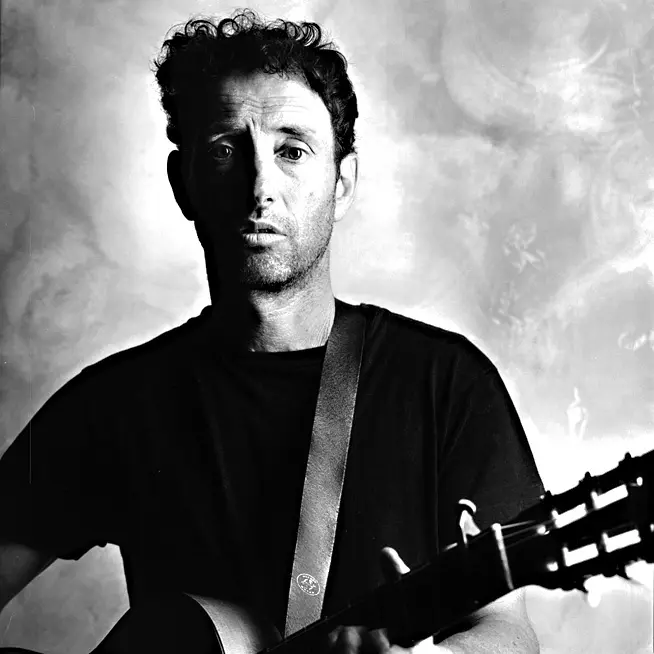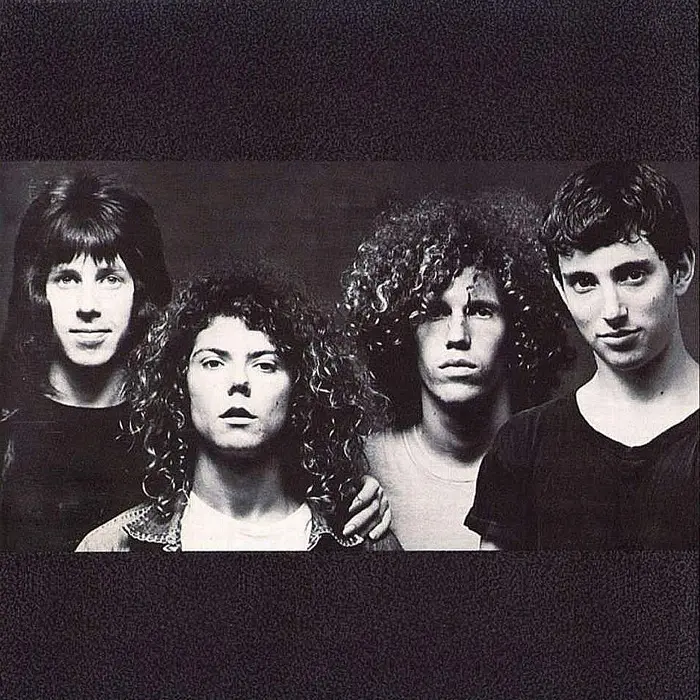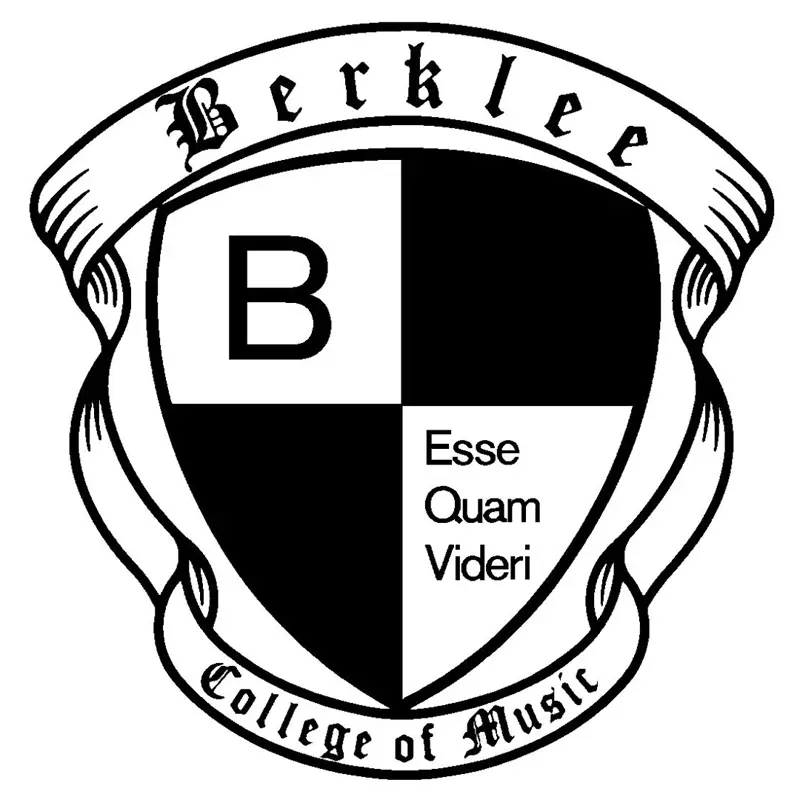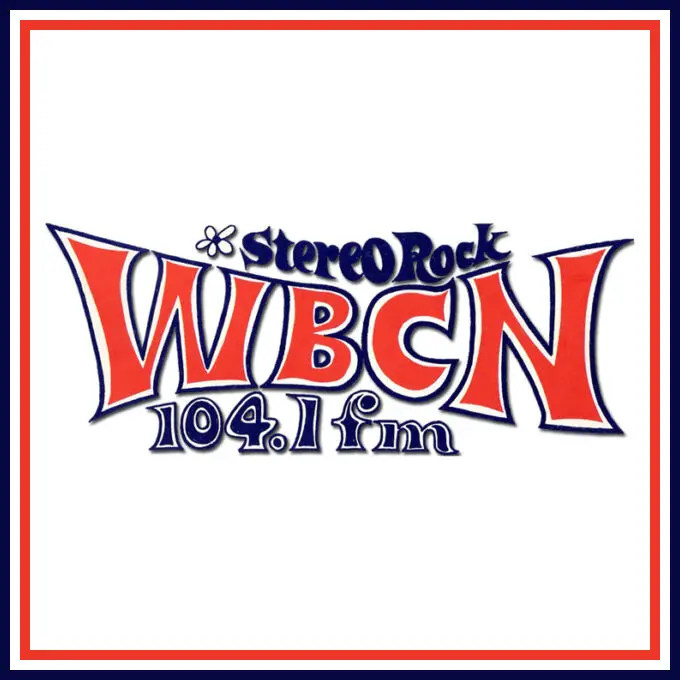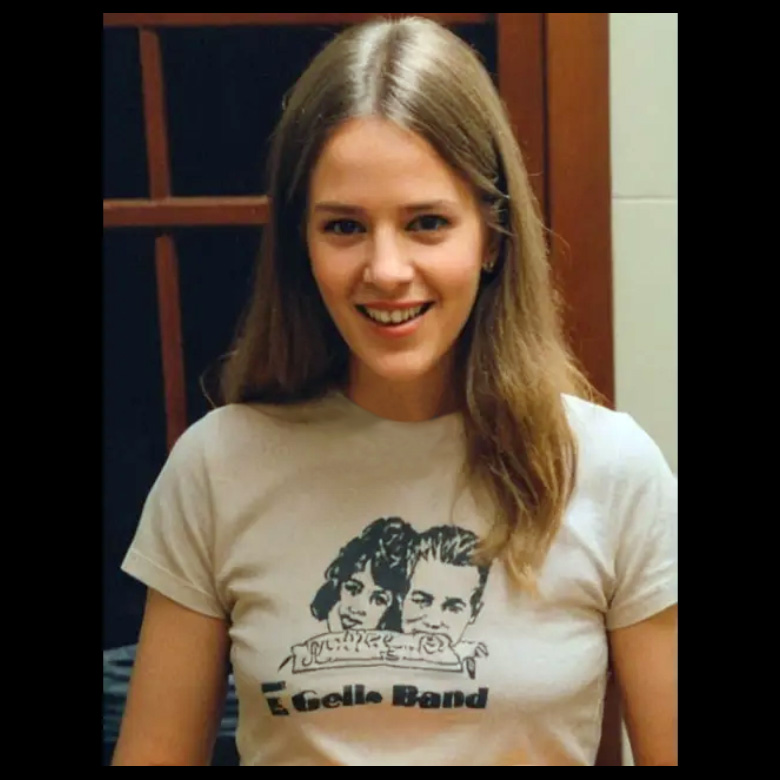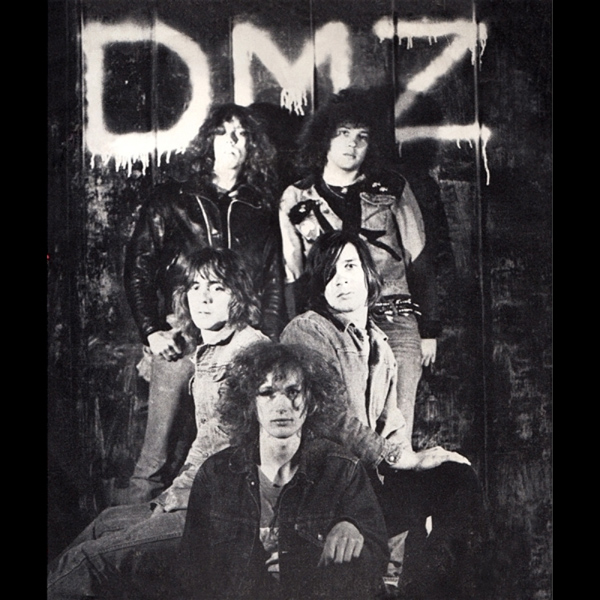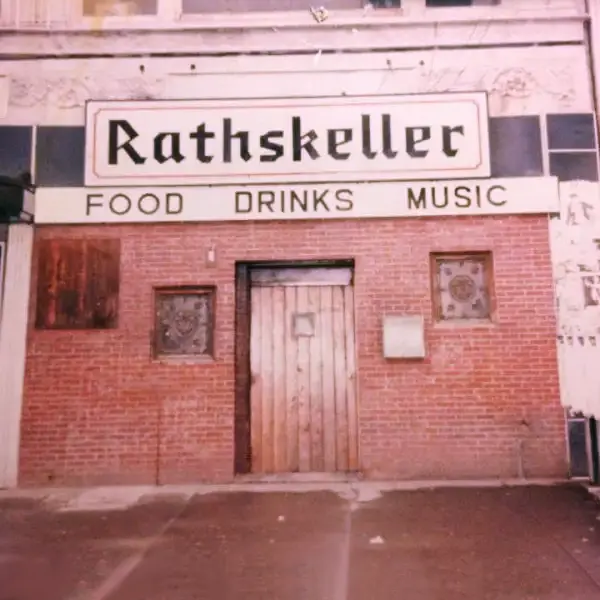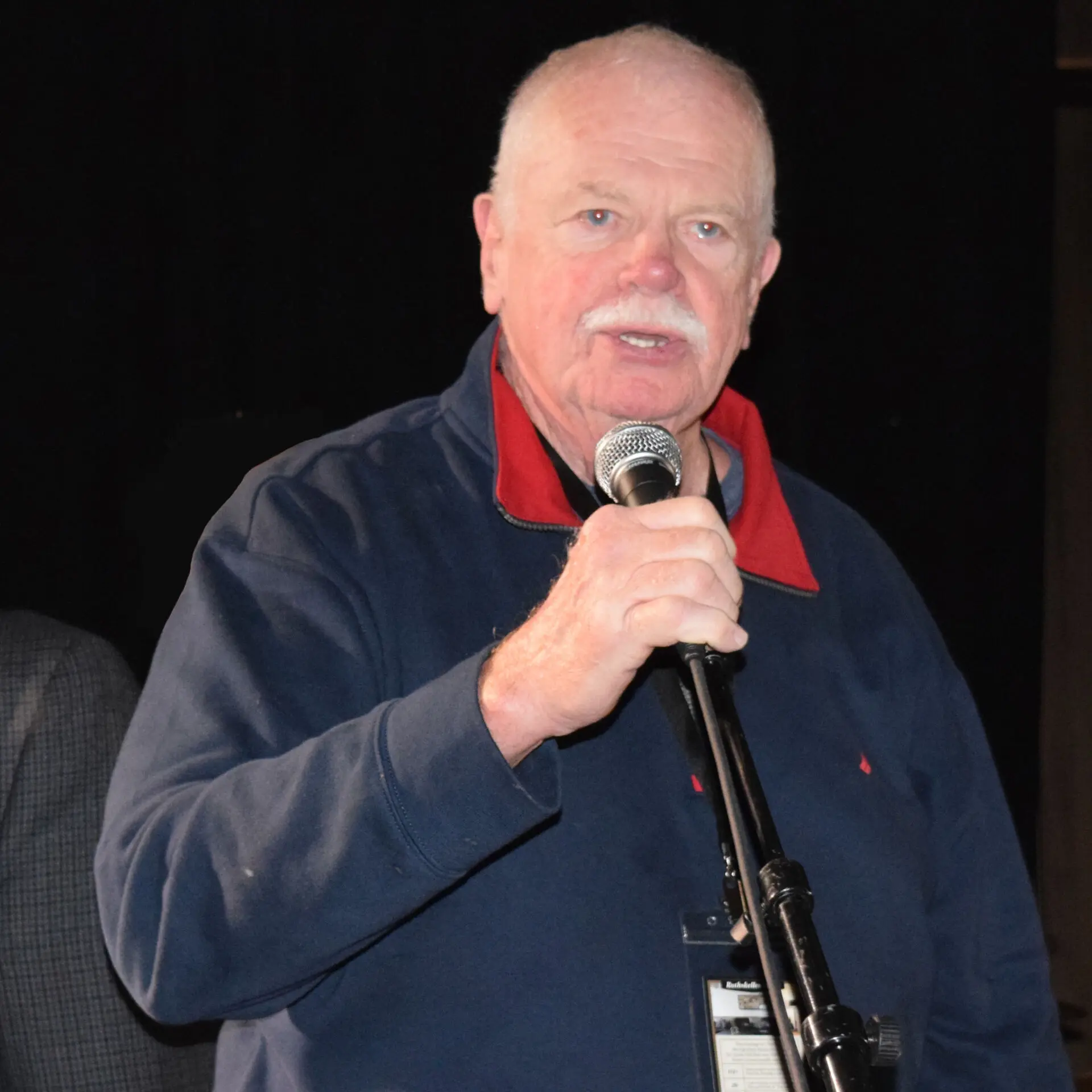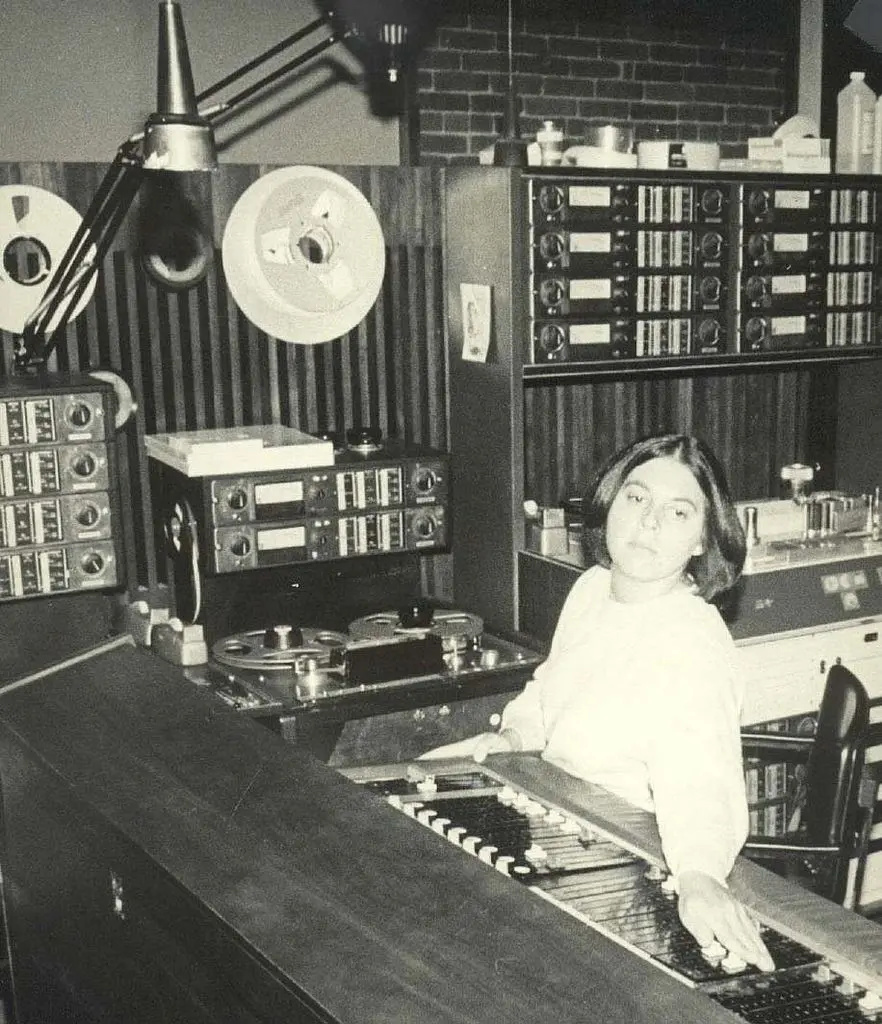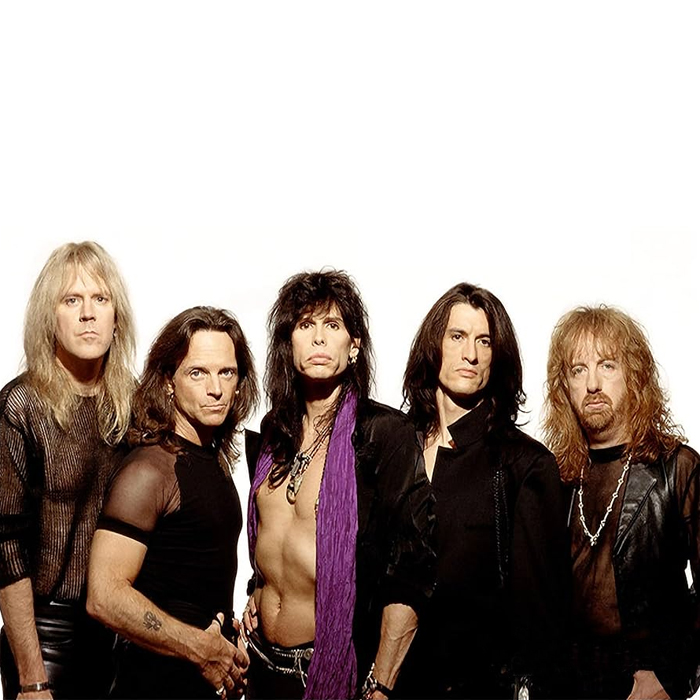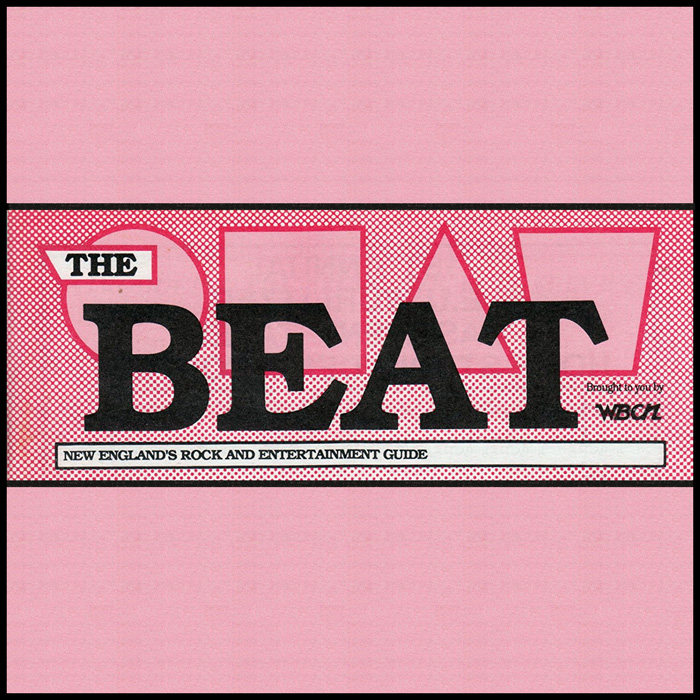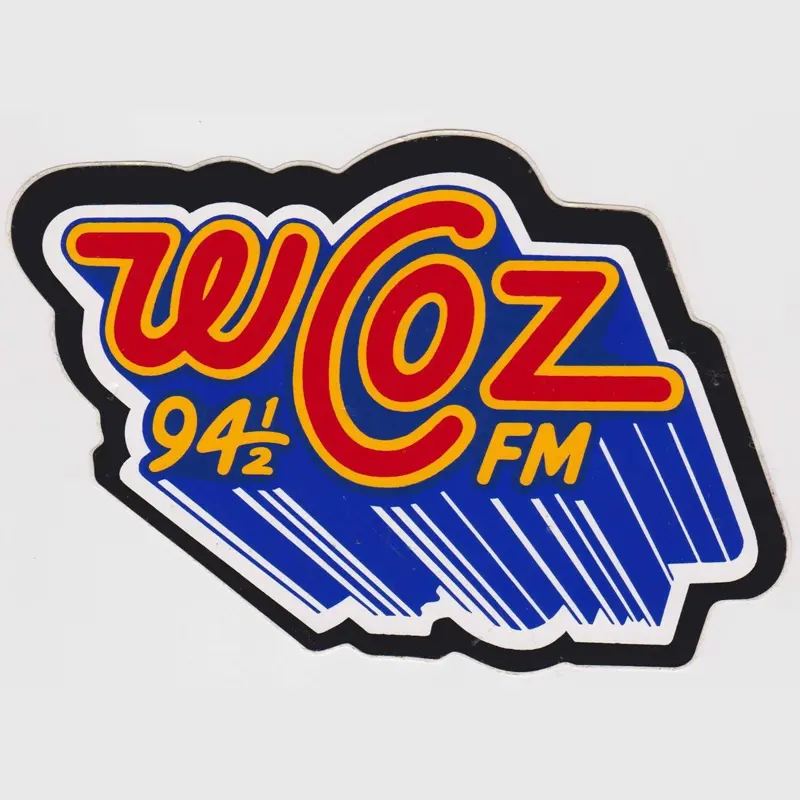The Cars
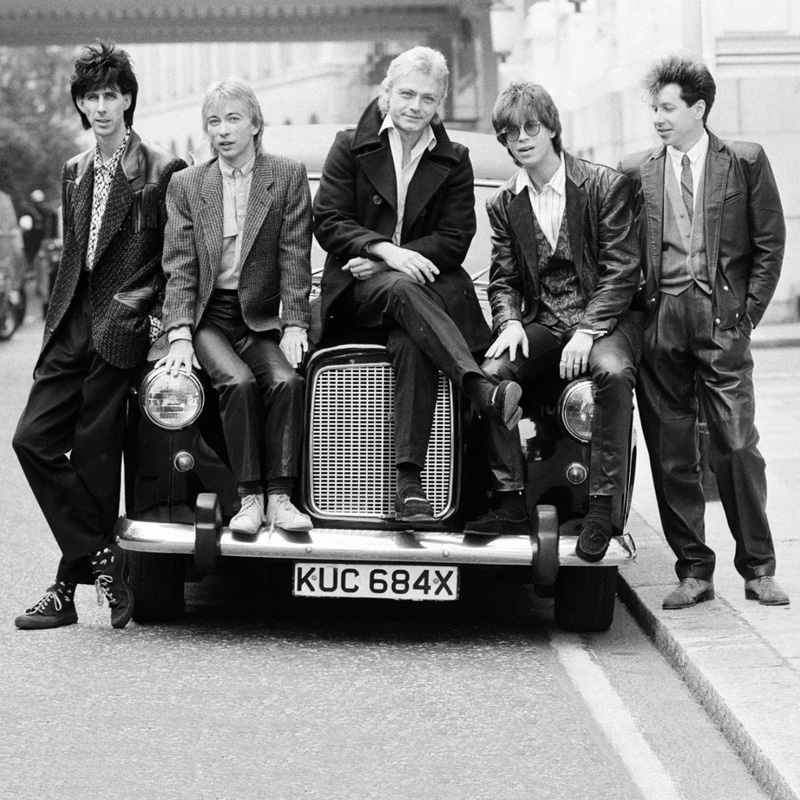
The Cars
The Cars’ music has been described as both new wave and power pop and influenced by proto-punk, garage rock and bubblegum pop. And check out the rockabilly feel in lead guitarist Elliot Easton’s chicken-picking lead in “My Best Friend’s Girl.”
“They have taken some important but disparate contemporary trends – punk minimalism, the labyrinthine synthesizer and guitar textures of art rock, the ’50s rockabilly revival and the melodic terseness of power pop – and mixed them into a personal and appealing blend,” wrote to Robert Palmer, music critic for the New York Times and Rolling Stone.
The quintet became hugely popular nationally and internationally during the new wave scene of the late ’70s and were at the forefront of mixing guitar-driven rock with synth-oriented pop, a blend that exploded in the early ‘80s. Formed in 1976 by singer-songwriter-guitarist Ric Ocasek, singer-songwriter-bassist Benjamin Orr, lead guitarist-singer Elliot Easton, keyboardist-singer Greg Hawkes and drummer David Robinson The Cars were inducted into the Rock & Roll Hall of Fame in 2018.
OKASEK, ORR MOVE TO BOSTON
Before The Cars, members of the band performed together in different groups. Ocasek and Orr met in Columbus, Ohio and Ann Arbor, Michigan before relocating to Boston in the early ’70s. In my 1987 interview with Orr, published in The Beat magazine, he talked about how Boston appealed to him the moment he arrived.
“What attracted us to Boston? It was an entirely different city, and Ric and I, neither one of us had ever been here before,” he said. “When I showed up, I came in at about three in the morning and drove right over Route 2 hill in Cambridge (laughs) and it just looked so stunning and I said to myself, ‘This is the place I have to live!’ I liked the city so much. And the next night after I got here, we played out. So that about clinched it. And the people in town were mostly young people and it was a great place for a musician to be.”
MILKWOOD, RICHARD & THE RABBITS, OCASEK & ORR
Once in Boston, Ocasek and Orr formed a folk-rock band with lead guitarist Jas Goodkind called Milkwood and they released one album, How’s The Weather, that didn’t turn many heads. After Milkwood, they assembled Richard & The Rabbits, a name suggested by The Modern Lovers frontman Jonathan Richman. The band included Greg Hawkes, who had studied at Berklee School of Music and had played sax on Milkwood’s album. Not long after, Hawkes left to tour with Martin Mull and His Fabulous Furniture, a musical comedy act where Mull played several instruments. During that time, Ocasek and Orr performed as an acoustic duo called Ocasek & Orr at The Idler Coffeehouse in Cambridge. Some of the songs they played then were early Cars’ tunes.
CAP’N SWING, BECOMING “THE CARS”
During this time, they connected with guitarist Elliot Easton, who had also studied at Berklee, and formed the band Cap’n Swing featuring Glenn Evans then Kevin Robichard behind the kit and a jazzy bass player whose style collided with the band’s more rock ‘n’ roll focus. Orr was lead vocalist and didn’t play an instrument in the group. Cap’n Swing was soon noticed by WBCN (“The Rock of Boston”) deejay Maxanne Sartori, who began playing songs from their demo tape on her show.
Soon after being rejected by a few record labels, Ocasek and Orr forced the bassist and drummer out of the band, Orr taking over on bass and Robichard replaced by David Robinson, best known for his work with The Modern Lovers and DMZ. Hawkes returned to play keyboards and the band became The Cars, a name suggested by Robinson, who had once considered a career in auto design. “I left The Modern Lovers to join DMZ because Jonathan was playing so quietly there was no need for a drummer,” Robinson told me, “and I came up with The Cars name because it was easy and didn’t mean anything and wasn’t tied to any era.”
FIRST SHOW, THE RATHSKELLER
The Cars played their first gig at Pease Air Force Base in New Hampshire on Dec. 31, 1976, and spent the next year playing all over New England including at the legendary punk/new wave club The Rathskeller (“the Rat”) in Kenmore Square, honing the songs that would later become their first album. Easton remembered these early Rat gigs and the legacy of the club’s visionary owner Jimmy Harold in the November 2017 issue of The Noise.
“Jimmy was a great friend to the young musicians of Boston. He gave all the bands the crucial chance to perform in front of an audience, even if it was just a Monday night, such a crucial aspect in developing a band,” he said. “I can’t think of many other clubs at that time where you could play an entire set of original material without being pressured to play top 40. Jimmy was always kind and fair to what were basically a bunch of kids with stars in their eyes. I know I can say with confidence that the Rathskeller was a crucial step in the progress of The Cars and we owe Jimmy a great debt of thanks. Those were such great days!”
DEMO TAPE, ELEKTRA SIGNING, DEBUT ALBUM, FIRST SINGLES
The band recorded a nine-song demo tape in early 1977 and soon “Just What I Needed” was getting a lot of airplay on WBCN and archrival WCOZ. Because of that heavy rotation, the band got signed to Elektra Records and the label issued their self-titled debut album in June 1978. It sold six million copies, hit #18 in the Billboard 200 – and stayed on that chart for 139 weeks.
“Just What I Needed” was released as the first single followed by “My Best Friend’s Girl” and “Good Times Roll.” All three made the Billboard Hot 100. Three other tracks, “You’re All I’ve Got Tonight,” “Bye Bye Love” and “Moving In Stereo,” also saw major airplay and The Cars were named Best New Artist in the 1978 Rolling Stone readers’ poll.
CANDY-O, PANORAMA, SHAKE IT UP
The band’s second album, Candy-O, was released in June 1979 and featured an album cover drawn by famed Playboy magazine artist Alberto Vargas. It reached # 3 in the Billboard 200 and included the band’s first top-20 single, “Let’s Go.” The follow up singles, “It’s All I Can Do” and “Double Life,” were also released to much fanfare.
Their third studio album, Panorama, was released in 1980 and hit #5 in the Billboard 200 with one top-40 hit, “Touch and Go.” In 1981, the band bought Intermedia Sound Studios on Newbury Street and renamed it Synchro Sound. The only Cars album recorded there was their fourth release, Shake It Up, with the title track becoming a top-10 single. (Fun fact: In 1972, Aerosmith recorded “Dream On” at Intermedia Sound Studios and today the building houses an American Apparel store and a Basics carpet and furniture shop.)
HEARTBEAT CITY
Following their 1982 tour, the band took a break with Ocasek and Hawkes releasing solo albums (Beatitude and Niagara Falls respectively). The band got back together to record their most successful album, Heartbeat City, in 1984. The first single, “You Might Think,” won Video of The Year at the first MTV Video Music Awards. From then on, the group became known for always having a strong promotional relationship between their songs and their videos, which at that time was a much better way to get your records across to more listeners than just radio alone. Other hit singles from the album were “Magic,” “Hello Again” and “Why Can’t I Have You.” The video for “Hello Again” was directed by Andy Warhol.
“DRIVE,” “TONIGHT SHE COMES”
Heartbeat City produced The Cars’ most successful single, “Drive,” on which Orr sang lead vocals. The song became particularly popular with a global audience when it was used in the 1985 Live Aid video benefit for Ethiopian hunger and was introduced by David Bowie at Wembley Stadium in London; The Cars performed at the Philadelphia Live Aid concert. Actor/director Timothy Hutton directed the “Drive” video and another single, “Tonight She Comes,” went to #7 in the Billboard Hot 100, becoming last #1 on that chart.
Ric Ocasek and Benjamin Orr
SOLO PROJECTS, DOOR TO DOOR, DISBANDING, COMPILATIONS
In 1986, the band took time off to pursue solo projects as Elektra issued a greatest-hits collection. Easton and Orr released their debut solo albums, Change No Change and The Lace respectively, and Ocasek put out his second solo LP, This Side Of Paradise. In 1987, Elektra released The Cars’ sixth LP, Door to Door, which included their last major international hit, “You Are The Girl.” The group announced their breakup in February 1988.
In 1995, Rhino Records released a two-CD set Just What I Needed: The Cars Anthology containing all the group’s hits with some demos and non-album B sides. That was followed up by The Cars: Deluxe Edition in 1999, which included their debut album in a two-CD format and the complete Greatest Hits.
ORR SOLO COLLABORATIONS, DEATH
In the mid ’90s, Orr recorded tracks with guitarist John Kalishes (producer of Live at the Rat) for a still-unreleased follow up to The Lace and performed in three bands, ORR, The Voices of Classic Rock and Big People. His last appearance with The Cars was in an interview for a documentary about the group. On October 3, 2000, Orr died at age 53 from pancreatic cancer.
POST-CARS ACTIVITY
Following The Cars’ split, Ocasek continued to perform as a solo artist and released seven studio albums. Robinson retired from music and spent much of his time at his former restaurant; today, he owns an art gallery in Rockport, Massachusetts, and makes/sells his own jewelry. In 2005, Easton and Hawkes mixed it up with Todd Rundgren, Prairie Prince (The Tubes, Journey) and Kasim Sutton (Utopia, Meat Loaf) in The New Cars and performed classic Cars and Rundgren songs along with some new tunes. In 2008, the band’s first album was used in the video game Rock Band.
REUNION RUMORS, MOVE LIKE THIS
In 2010, the surviving four members of The Cars implied that a reunion was in the works when they placed a photo of themselves together at Millbrook Sound Studios in Millbrook, New York, on the band’s Facebook page. In October that year, Ocasek, Easton, Hawkes and Robinson posted part of a new song, “Blue Tip,” and that same month Billboard reported about their upcoming album, Move Like This, and a short supporting tour. Another new track, “Sad Song,” was added to the band’s Facebook page in December 2010 and on January 1, 2011, yet another new song, “Free,” went on line. The video for “Blue Tip” came out on February 17.
According to Rolling Stone, the surviving Cars mutually agreed not to replace Orr on bass, so for the time being the low end was handled by Hawkes on keyboards. “I think we just felt that for this new project, there is a lot of talent in the four guys, so we thought that we could cover it musically,” Hawkes told Mike Ragogna on his blog. “Ben’s presence was certainly missed, but we didn’t really feel the need to get somebody else to replace him.”
The Cars’ final album, Move Like This, was released on May 10, 2011, on the Hear Music label and debuted at #7 in the Billboard 200. It included 10 songs – recorded in under 40 minutes. The album’s first single, “Sad Song,” was issued to radio stations on March 1 and in May The Cars did ten-city tour of the US and Canada. They also performed at Lollapalooza in Chicago in August.
POST-REUNION ACTIVITY
Since 2013, Easton has been playing in The Empty Hearts with Clem Burke (Blondie), Wally Palmar (The Romantics) and Andy Babiuk (The Chesterfield Kings); their first album The Empty Hearts was released in 2014 and they are currently recording their second vinyl, scheduled for release in 2018.
Hawkes is playing in Todd Rundgren’s band and occasionally he can be seen onstage locally with his Greg Hawkes’ Ukulele Trio including Tim Mann and Greg Allison, where they include a very different version of The Cars classic “Drive” in their small-strings set.
In April 2016, Ocasek appeared on behalf of The Cars for a Q&A with Sirius XM satellite radio after he supervised the remastering of The Cars’ music on vinyl and CD. He died of natural causes at age 75 on September 15, 2019.
ROCK & ROLL HALL OF FAME INDUCTION
Aside from a brief reunion at their Rock & Roll Hall Of Fame induction ceremony on April 14, 2018 the band has been inactive since the last tour’s conclusion in 2011. At the Rock & Roll Hall of Fame induction ceremony, the band played three songs – “You Might Think,” “Moving In Stereo” and “Just What I Needed” – and had Weezer’s Scott Shriner sit in on bass. The Killers’ Brandon Flowers inducted the band.
“It’s certainly a wonderful feeling to be accepted by peers and when you see the people that are in the Rock & Roll Hall of Fame, who gets inducted, it’s a positive feeling that you get,” Ocasek told Rolling Stone. ” I think it’s kind of a big thing for me and the band. I know Ben would have been flipped out by it. It’s certainly a very positive thing.”
DISCOGRAPHY
- The Cars (1978)
- Candy-O (1979)
- Panorama (1980)
- Shake It Up (1981)
- Heartbeat City (1984)
- Door to Door (1987)
- Move Like This (2011)
COVER VERSIONS
- Nirvana, Hayseed Dixie – “My Best Friend’s Girl.” Nirvana’s rendition was performed at their last ever live performance on March 1, 1994.
- The Smashing Pumpkins – “You’re All I’ve Got Tonight”
- The Melvins – “Candy-O”
- Red House Painters – “All Mixed Up”
- The Alkaline Trio – “Bye Bye Love”
- Ziggy Marley, The Deftones, The Scorpions, Sixx A.M. – “Drive”
- Poison – “Just What I Needed”
In 2011, The Strokes were joined onstage by Pulp frontman Jarvis Cocker for “Just What I Needed” at The Reading and Leeds Festival in the U.K.
(by A.J. Wachtel)

